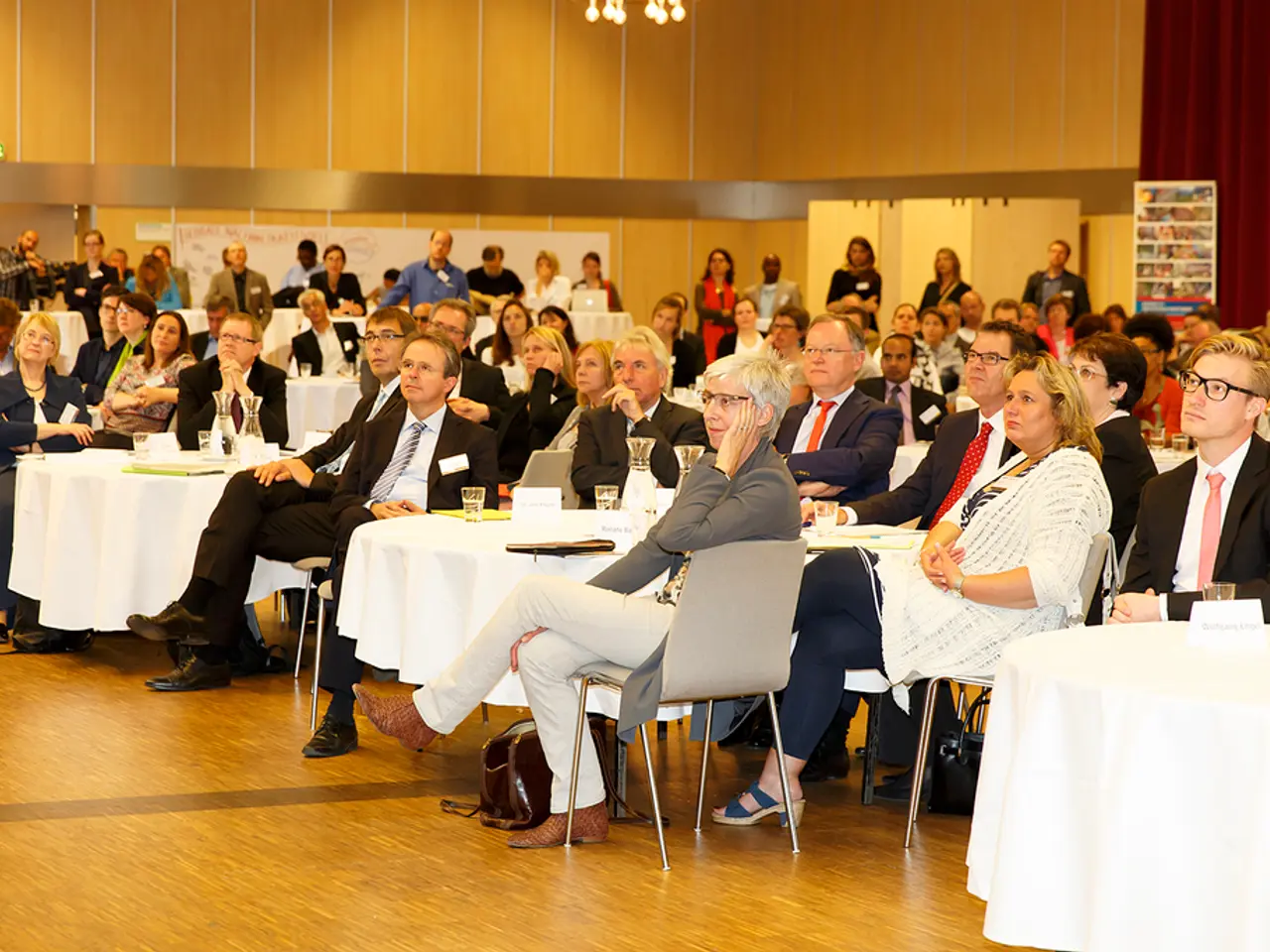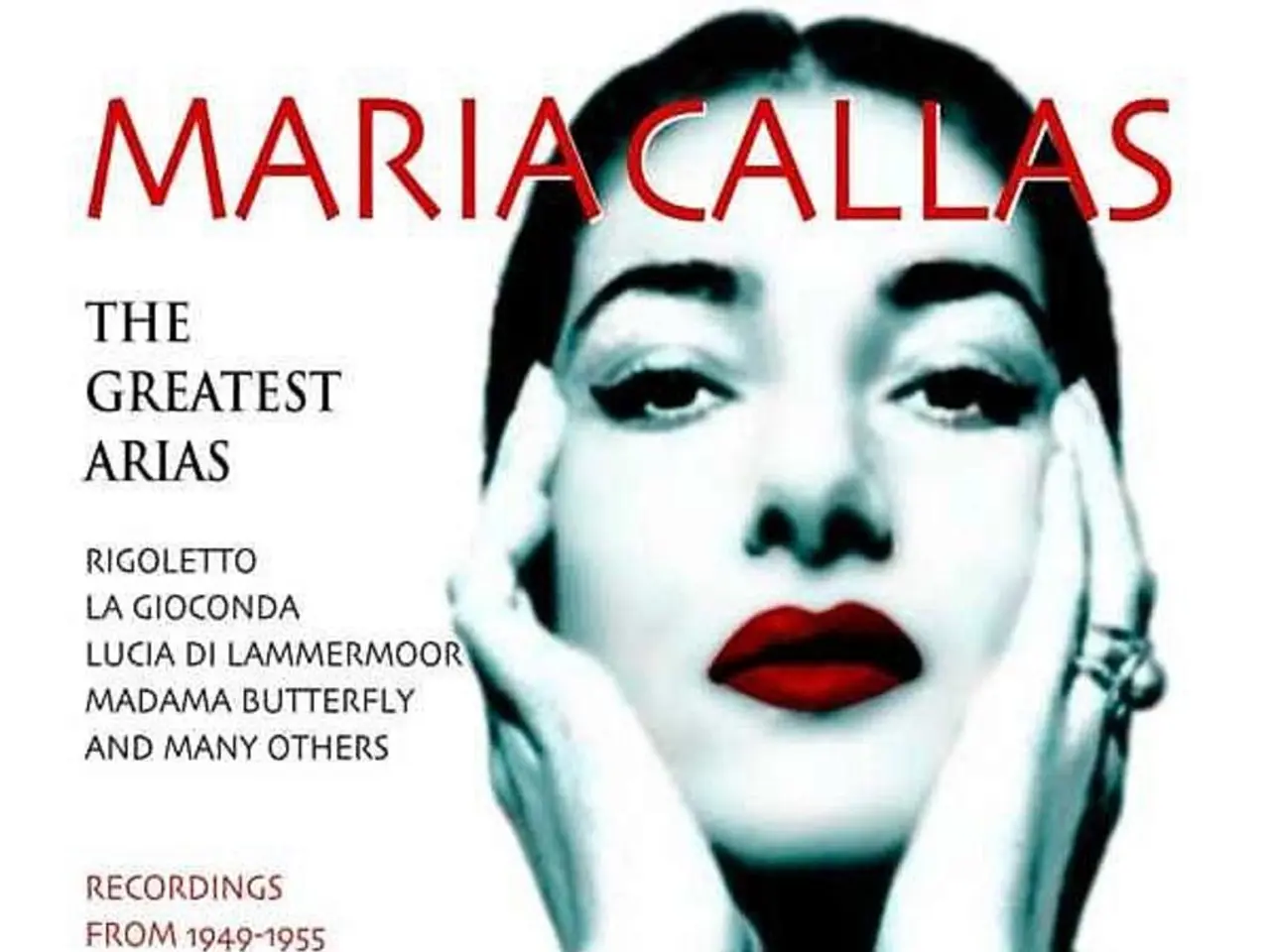A Comprehensive Look into the Evolution of Identity amongst the Latino and Latin American Populations
In the vibrant and rich tapestry of Latin America, the roots of its identity are deeply intertwined with cultural, racial, and linguistic interactions. This melting pot of Indigenous peoples, European colonizers, African slaves, and later Asian immigrants has given birth to a unique and diverse identity that continues to evolve.
The term Latin America refers to the region in the Americas where Romance languages—primarily Spanish and Portuguese—are predominantly spoken. It encompasses countries in both North America (like Mexico), Central America, South America, and parts of the Caribbean. The term, coined by Chilean politician Francisco Bilbao in 1856, is a cultural and linguistic category rather than strictly geographical, excluding English- and Dutch-speaking countries in the Americas.
Hispanic generally refers to people or cultures related to Spanish-speaking countries, including most nations in Latin America except Brazil (Portuguese-speaking). It is a linguistic and cultural label rather than racial. On the other hand, Latino/a is a term mainly used in the United States to refer to people of Latin American origin or descent, irrespective of language. It carries an ethnic and cultural identity distinguishing Latin Americans from other groups in the U.S.
A more recent and inclusive term, Latinx, is used largely in English-speaking contexts to provide a gender-neutral alternative to Latino/Latina, recognizing non-binary and gender non-conforming identities.
The ethnic and racial identity in Latin America is deeply marked by mestizaje, the mixture of Indigenous, European (mostly Spanish and Portuguese), and African ancestries. This concept was promoted in nations like Mexico to forge national identities based on racial and cultural mixing rather than pure racial categories.
Despite mestizaje, the presence and identities of Indigenous and Black/African-descended populations remain distinct and vital, though historically marginalized. Since the late 20th century, several Latin American countries began moving away from assimilationist ideas like blanqueamiento (whitening) toward celebrating cultural and ethnic plurality.
In addition to Indigenous, European, and African roots, Asian diasporas have been significant, especially in countries like Peru, Brazil, Cuba, and Mexico, brought by migration since the 19th century. Asians in Latin America often form their own ethnic communities and contribute to the region’s multicultural heritage, though their presence is less dominant in discussions about Latin American racial identities.
Brazil, for instance, has the largest African diasporic community in Latin America, and the world. Spanish is the dominant language spoken throughout Latin America, outside of Brazil, where the predominant language is Portuguese. Reggaeton, a genre of music, was invented by black Panamanians in the 1980s.
The history of Latin America is a testament to its rich and diverse heritage, with a legacy of indigenous cultures, European colonization, African slavery, and global immigration. Today, contemporary movements emphasize the visibility and rights of these groups, countering historical marginalization and promoting multiculturalism.
*The term 'Latin America' primarily encompasses countries where Romance languages, such as Spanish and Portuguese, dominate, extending across North America, Central America, South America, and parts of the Caribbean.* In the realm of education-and-self-development, understanding the cultures and histories of the diverse ethnic groups in Latin America offers valuable insights into its unique identity and evolution.




